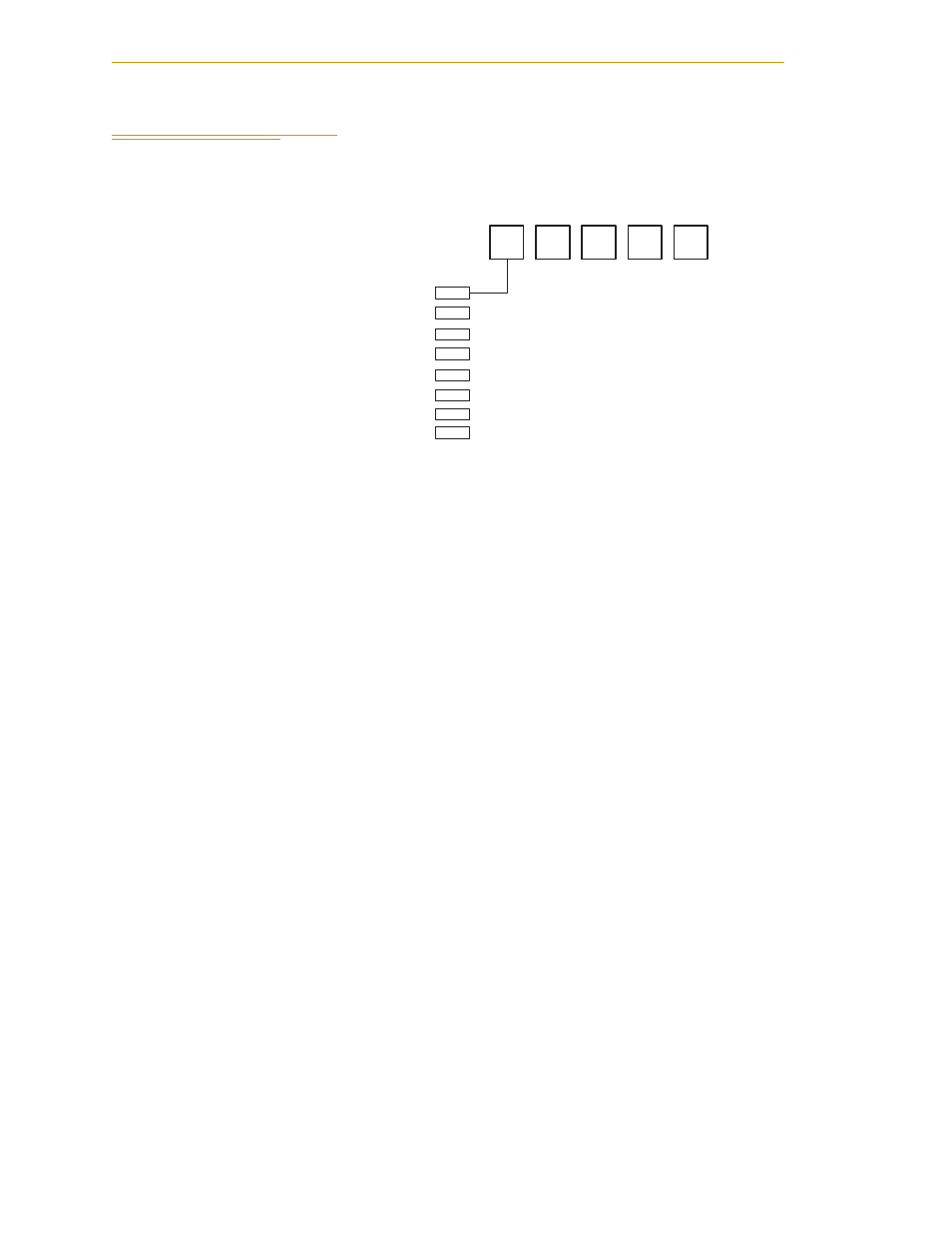3 system configuration and module types, Module types, S2 0 0 0 – Adept Python User Manual
Page 72

Chapter 5 - Module System Descriptions
72
Adept Python Modules User’s Guide, Rev. E
5.3
System Configuration and Module Types
The following chart shows all the available configuration options and the descriptor
characters used to indicate them.
Figure 5-6. Configuration Options in Module System Descriptor Number
Module Types
Each Python module system configuration can be ordered with a variety of module types,
depending on the payload and space requirements. For example, single-axis (‘S’ type)
systems can be ordered with L18, L12, L08, or Theta modules.
The next 4 digits in the module system descriptor number define the type of module used
for module 1, module 2, module 3, and module 4 (future) respectively. A ‘1’ in any
location denotes an L18 module, a ‘2’ denotes an L12 module, ‘3’ denotes an L08 module,
and ‘6’ denotes an LT1 (Theta) module (‘0’ denotes no module present).
Examples:
S2000 - a single-axis system comprising an L12 module as module 1.
P1230 - a three-axis ‘P’-style system comprising an L18 as module 1, an L12 module as
module 2, and an L08 module as module 3.
S
2
0
0
0
S
D
G
K
X
Z
P
SYSTEM CONFIGURATION
Two Axis ‘D’ Style
Q
Single Axis System
Two Axis ‘G’ Style
Two Axis ‘K’ Style
Two Axis ‘X’ Style
Two Axis ‘Z’ Style
Three & Four Axis ‘P’ Style
Three & Four Axis ‘Q’ Style